
|
| Accept Cookies | Customize | Refuse Cookies |

| Specifications | Reviews | Compare | Buy | Sample Photos |
|  Publish your advertisement on JuzaPhoto (info) | ||||||||||||||||||||||||||||||||||||||||||||||
 Untitled Photo by De Guidi Tiziano122 comments, 18455 views  Natural street lamp by Guz99 comments, 17628 views ![[editors pick]](shared_files/layout/ep_badge.jpg) HI RES 5.4 MP 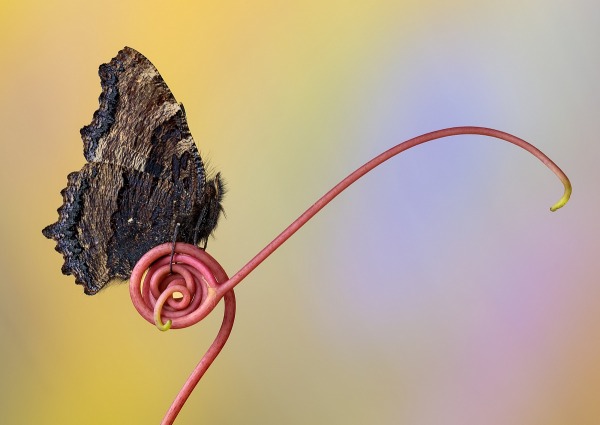 Fishing by Guz121 comments, 18469 views ![[editors pick]](shared_files/layout/ep_badge.jpg) HI RES 4.4 MP  Dreamy bouquet by Guz126 comments, 20955 views ![[editors pick]](shared_files/layout/ep_badge.jpg) 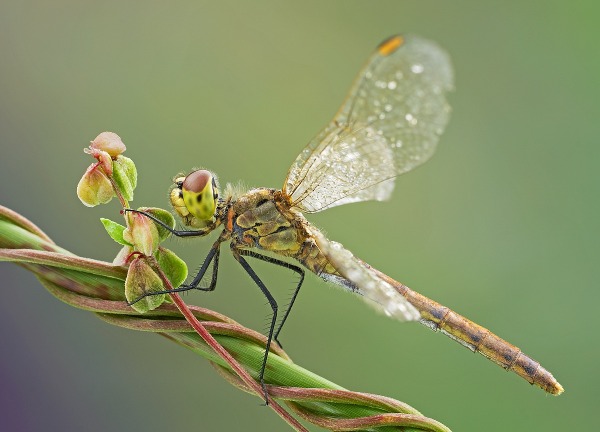 Interflora urgent delivery throughout the oasis by Guz113 comments, 25230 views ![[editors pick]](shared_files/layout/ep_badge.jpg)  Feel like spring by Guz104 comments, 23084 views ![[editors pick]](shared_files/layout/ep_badge.jpg) 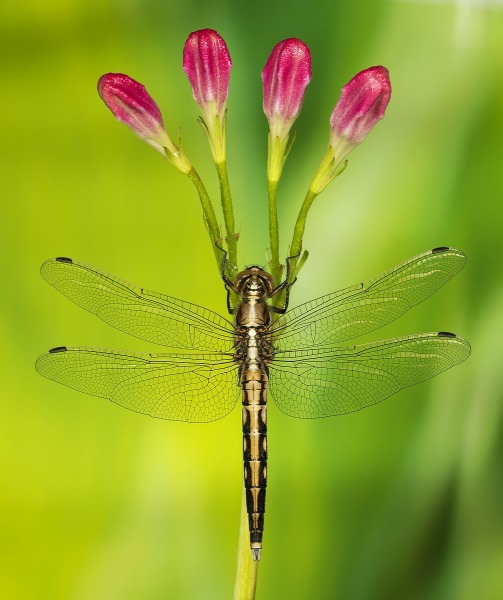 The fork by Guz110 comments, 14689 views 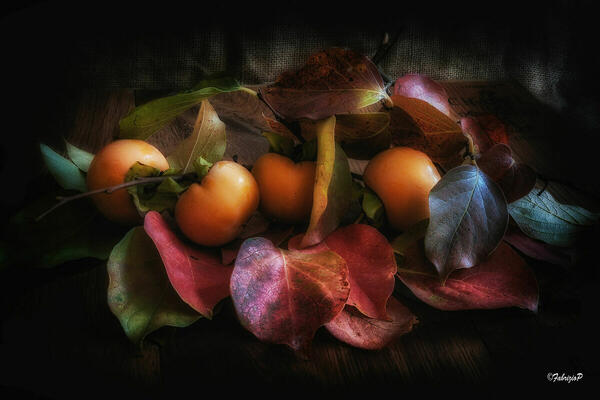 The fruits of autumn by Fabrizio Pocci89 comments, 2904 views HI RES 12.1 MP 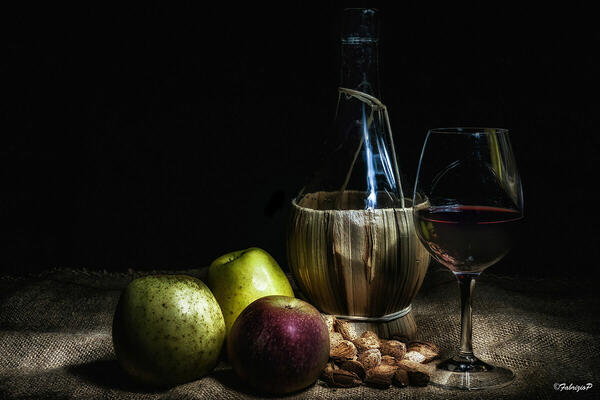 An apple a day takes away ...... and a great wine by Fabrizio Pocci93 comments, 3153 views HI RES 12.1 MP 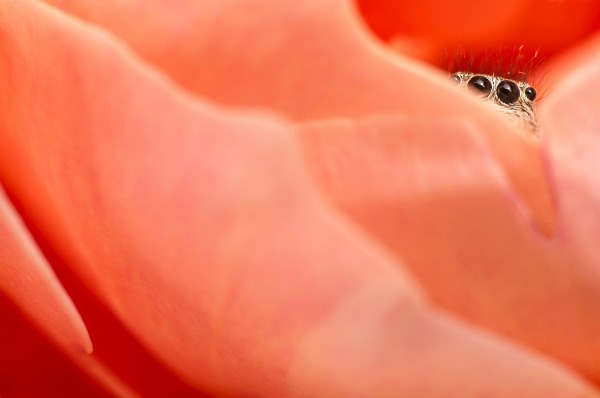 The periscope by Guz34 comments, 6248 views  The late by Alessio.caria36 comments, 2891 views HI RES 18.5 MP  Spring appearance by Guz47 comments, 6411 views HI RES 10.1 MP 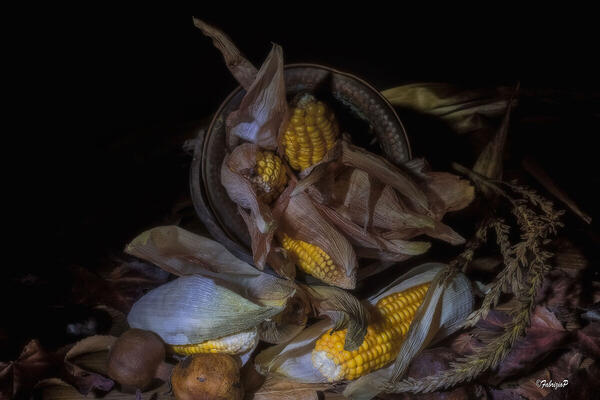 Corn by Fabrizio Pocci80 comments, 1670 views HI RES 45.4 MP  Macaoni by MarcoCoppola64 comments, 4368 views HI RES 24.0 MP  Only.... at sunset by Fabrizio Pocci66 comments, 1202 views HI RES 24.3 MP 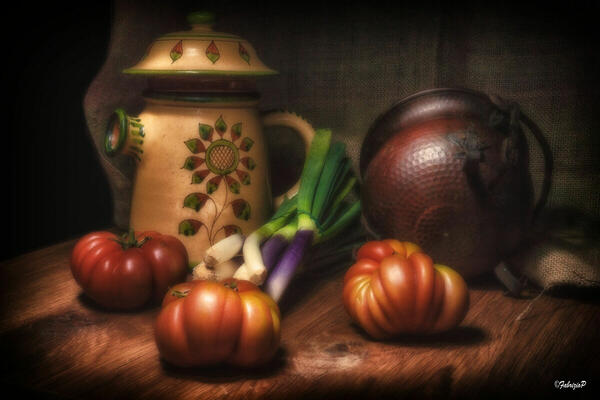 Mediterranean diet by Fabrizio Pocci79 comments, 2306 views HI RES 12.1 MP 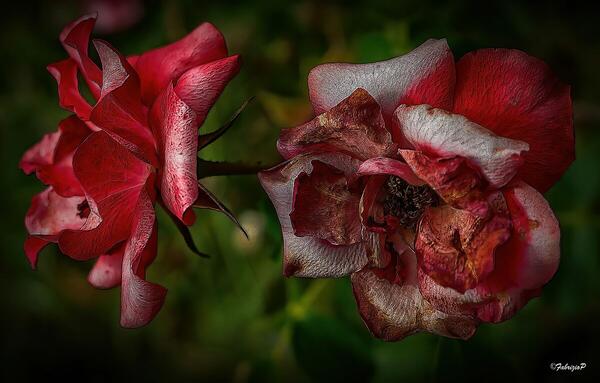 Force... and decay by Fabrizio Pocci75 comments, 1820 views 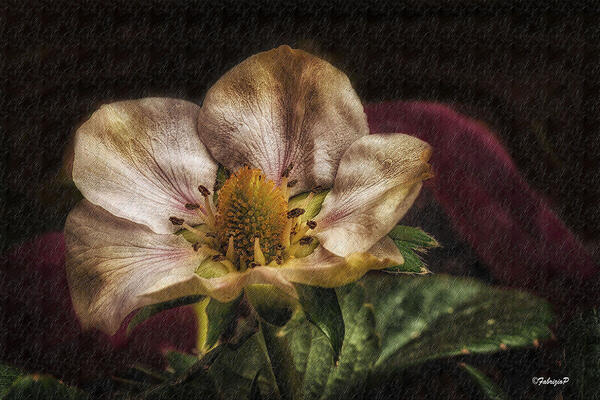 When I was a big ... i'll be a strawberry by Fabrizio Pocci72 comments, 2035 views HI RES 12.1 MP  Spring knows how to return by Fabrizio Pocci46 comments, 545 views HI RES 5.8 MP 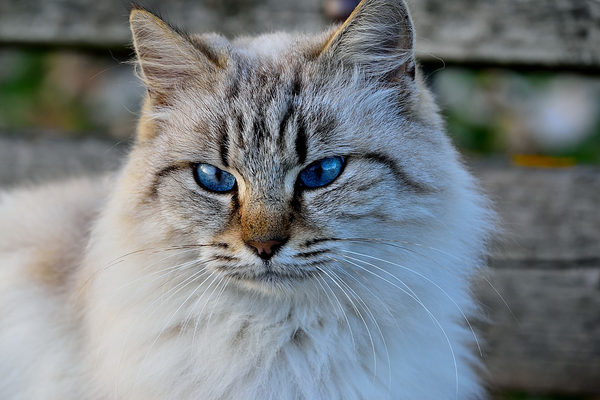 A feline look by Fabrizio Pocci74 comments, 4023 views 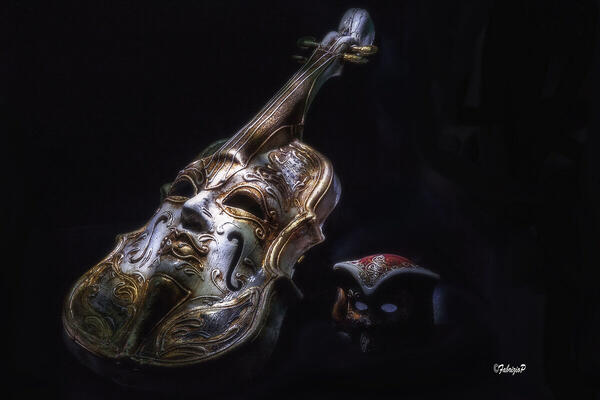 Remembering Venice by Fabrizio Pocci38 comments, 1043 views HI RES 12.1 MP 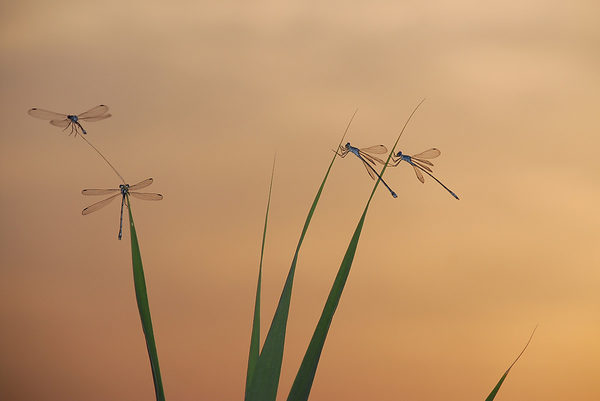 Bridesmaids at sunset by Alessio.caria12 comments, 1440 views 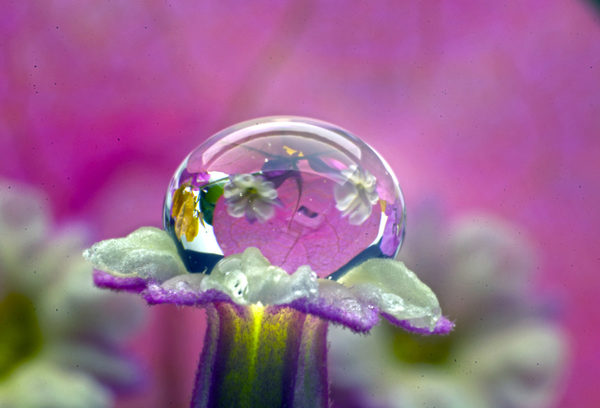 Drop and reflections with flower bougainvillea by Alessio.caria15 comments, 2601 views HI RES 15.3 MP 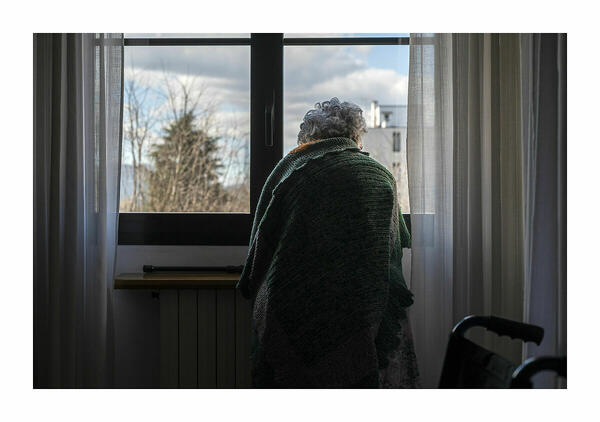 #celafaremo #coronavirus #noistiamoacasa by Angelo Riberti27 comments, 1527 views HI RES 29.1 MP 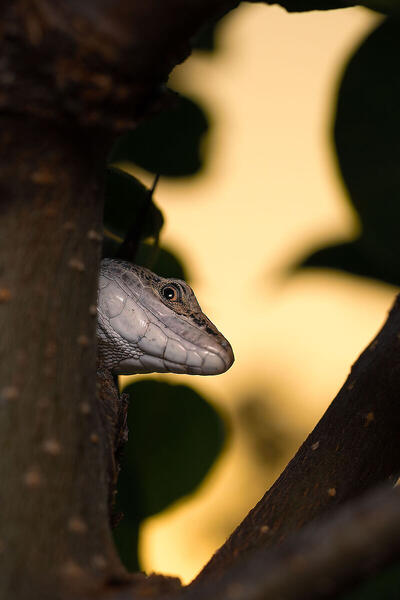 Lizard by MarcoCoppola31 comments, 2419 views HI RES 10.7 MP  Lucanus cervus by Attila Gyorgy15 comments, 5257 views 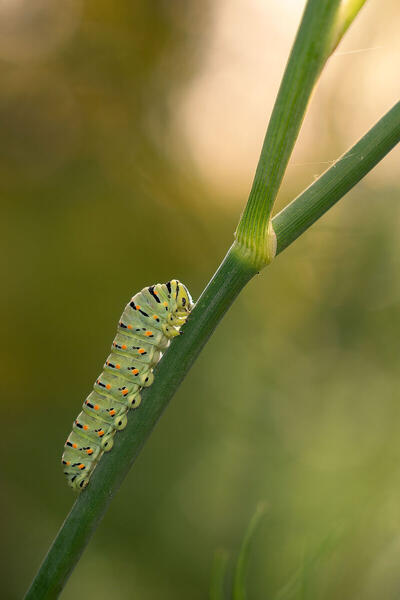 The macaone by MarcoCoppola51 comments, 1707 views HI RES 10.7 MP 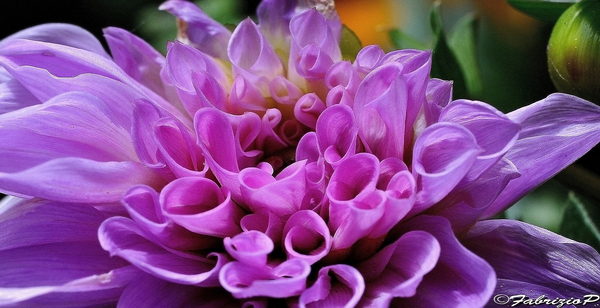 Display of protagonism by Fabrizio Pocci55 comments, 2750 views HI RES 8.2 MP  Untitled Photo by De Guidi Tiziano6 comments, 1074 views  Cuckoo wasp. by Bresciani Luigi16 comments, 319 views HI RES 6.0 MP 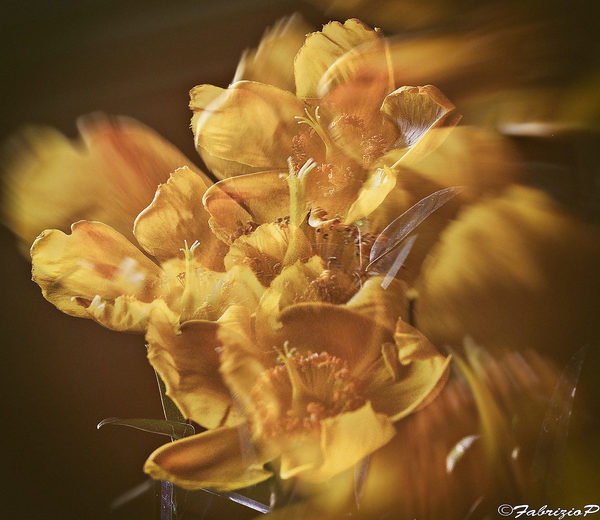 A gust of wind .... by Fabrizio Pocci61 comments, 1959 views HI RES 9.3 MP 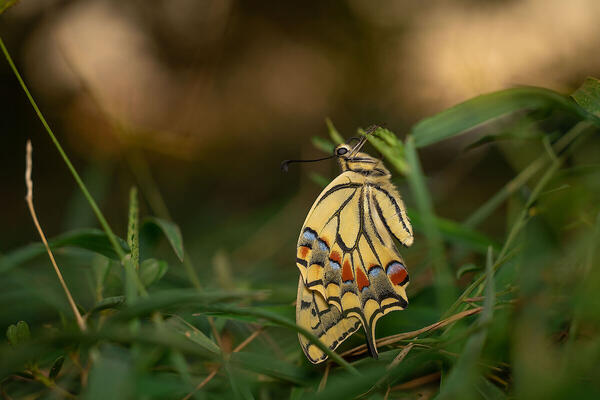 Swallowtail by MarcoCoppola53 comments, 2275 views HI RES 24.0 MP 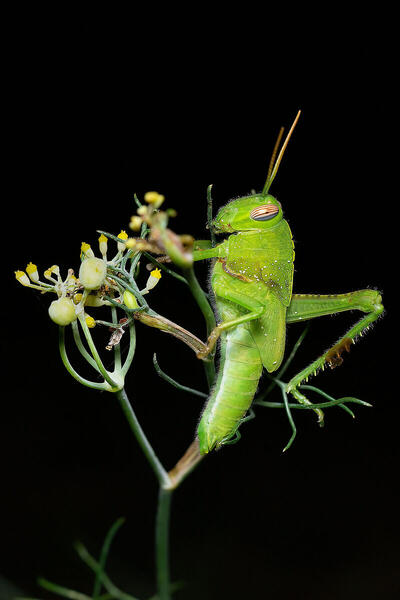 Egyptian locust neanid by MarcoCoppola63 comments, 2132 views HI RES 8.4 MP 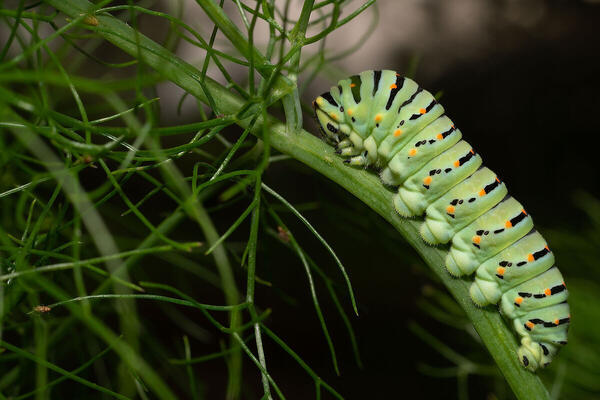 The macaone at sunset by MarcoCoppola42 comments, 1708 views HI RES 24.0 MP 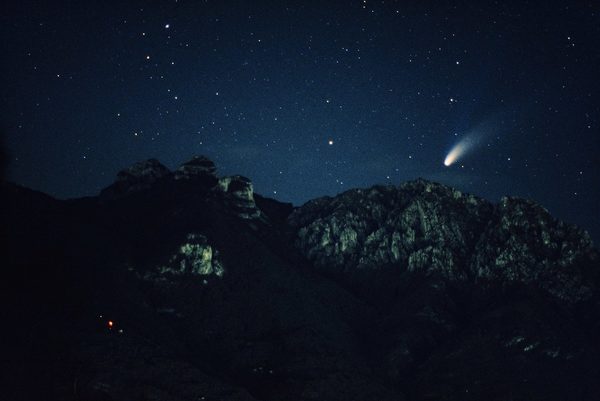 April 1997 Comet Hale_Bopp by Gsabbio15 comments, 2303 views HI RES 24.0 MP  Untitled Photo by De Guidi Tiziano8 comments, 1791 views 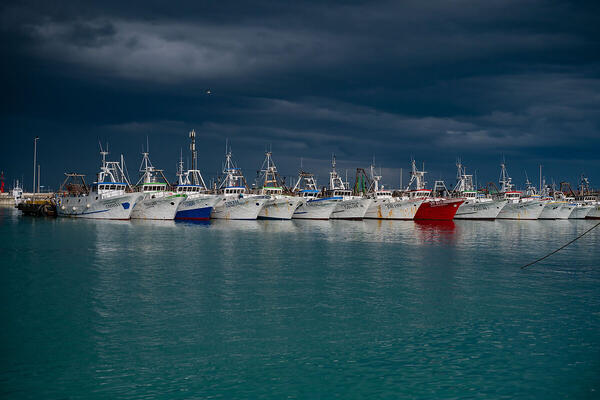 Retired by Alexandar Polimanti19 comments, 977 views HI RES 24.3 MP |
 JuzaPhoto contains affiliate links from Amazon and Ebay and JuzaPhoto earn a commission in case of purchase through affiliate links.
JuzaPhoto contains affiliate links from Amazon and Ebay and JuzaPhoto earn a commission in case of purchase through affiliate links.May Beauty Be Everywhere Around Me